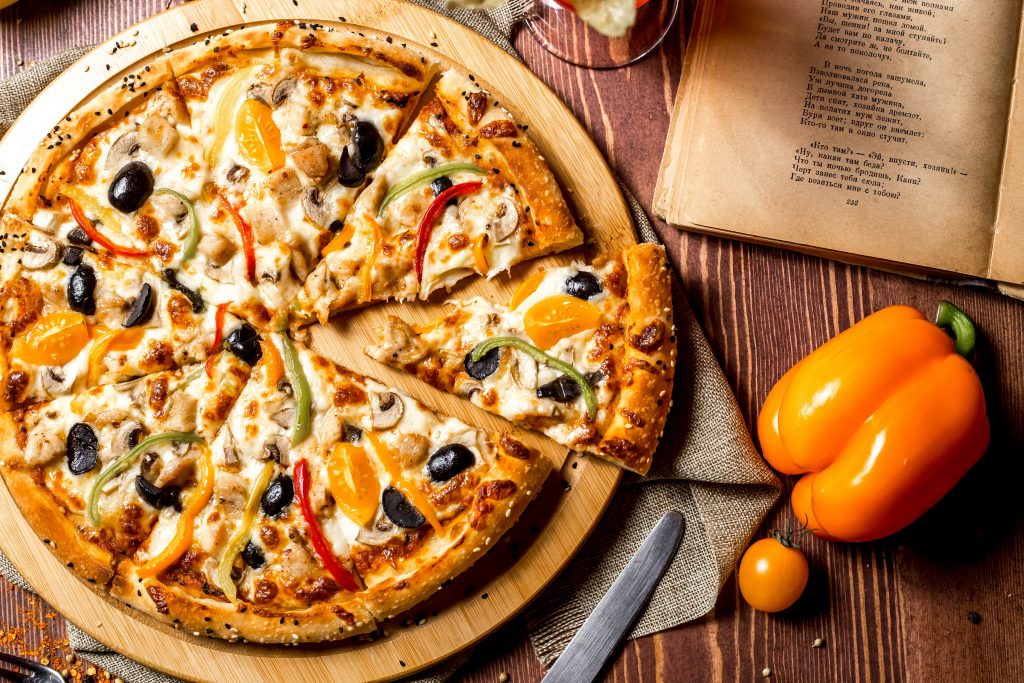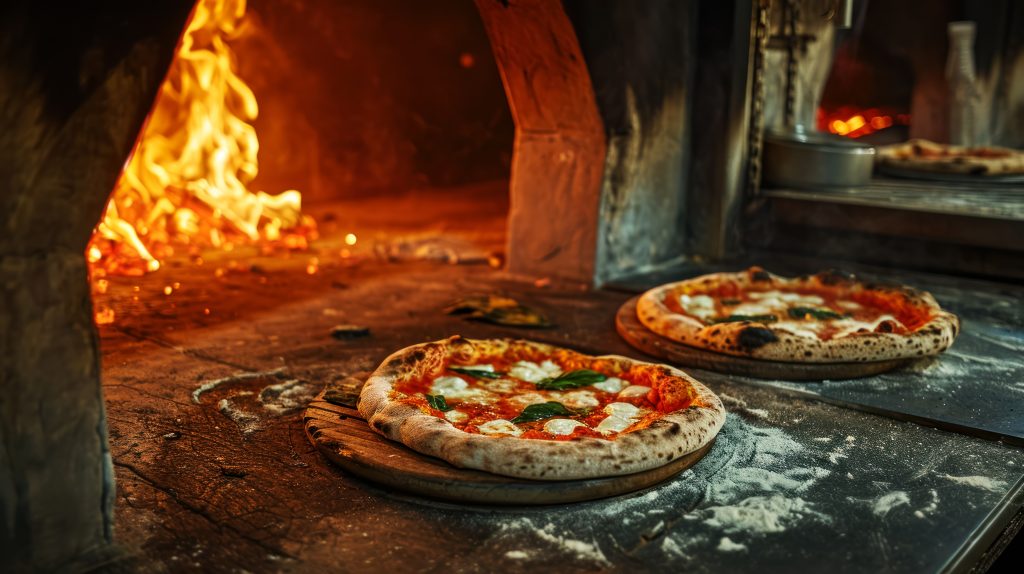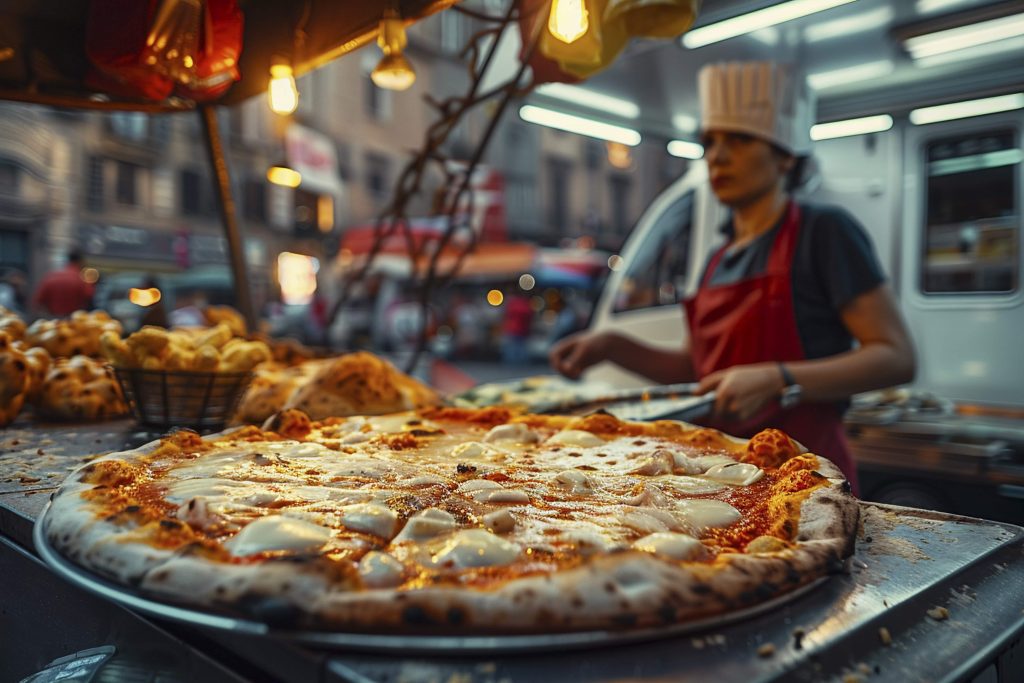
Pizza may have its roots in Italy, but its heart beats strong in the United States. What started as a humble street food brought over by immigrants has grown into one of America’s most beloved dishes—served everywhere from New York delis to frozen food aisles, and featured at everything from birthday parties to the Super Bowl.
Here’s how pizza became an American obsession.
From Naples to New York: Pizza Crosses the Atlantic
At the turn of the 20th century, millions of Italians immigrated to the United States, most entering through Ellis Island. They brought with them not only their language, culture, and customs—but also their food.
Among the culinary imports was pizza, a street food popular in Naples. It was affordable, easy to eat on the go, and familiar to the growing Italian-American communities in cities like New York, Chicago, and Philadelphia.
In 1905, Gennaro Lombardi opened the first licensed pizzeria in the U.S.—Lombardi’s, in Manhattan’s Little Italy. Using coal-fired ovens and local ingredients, Lombardi introduced pizza to the American palate.
Pizza Gains Ground During and After WWII
For decades, pizza remained largely within Italian-American enclaves. That changed after World War II, when American soldiers stationed in Italy developed a taste for the dish and craved it back home.
Returning GIs helped spread pizza to a broader, non-Italian audience. Pizzerias began popping up across the country, and Americans—especially in cities with large Italian populations—started to embrace this flavorful, casual food.
The Boom of Regional Styles
By the mid-20th century, American innovation took over. Pizza began evolving beyond its Neapolitan roots, spawning distinct regional styles:
- New York-style: Large, thin slices with a foldable crust.
- Chicago deep-dish: A towering creation with layers of cheese, meat, and chunky tomato sauce.
- St. Louis-style: A cracker-thin crust and Provel cheese.
- California-style: Gourmet toppings like goat cheese, sun-dried tomatoes, and arugula.
These variations reflected local tastes and ingredients—and helped pizza appeal to every corner of the country.
The Birth of Chain Pizza
The 1950s and ‘60s brought a new level of accessibility with the rise of pizza chains. Companies like:
- Pizza Hut (founded in 1958) in Wichita, Kansas
- Domino’s (1960) in Michigan
- Little Caesars (1959) in Detroit
These chains standardized pizza recipes, introduced delivery service, and brought pizza into suburban homes nationwide. Affordable, convenient, and customizable—pizza quickly became an American household staple.
Pop Culture, Pizza, and the American Identity
Pizza’s popularity exploded in the 1980s and ’90s, fueled by pop culture:
- Teenage Mutant Ninja Turtles devoured cheesy slices.
- Sitcoms and movies showed families and friends bonding over pizza nights.
- Pizza became the go-to party food for sleepovers, birthdays, and college dorms.
It wasn’t just a meal—it was a social ritual, a comfort food, and a cultural touchstone.
The Super Bowl Effect
Pizza’s biggest night? Super Bowl Sunday.
Every year, Americans order millions of pizzas on game day, making it one of the highest pizza sales days in the country. It’s the perfect match for America’s favorite sport: shareable, casual, and satisfying.
Add in national advertising campaigns and pizza-specific Super Bowl deals, and it’s clear: pizza is part of the event.

